How to Deal with Cat Shedding? 5 Ways to Stop Your Cat From Shredding

How to Deal with Cat Shedding ![]()
Being a cat owner is a rewarding experience, but it comes with its own set of challenges. One of the most common issues cat owners face is dealing with cat shedding.
If you’re finding cat hair on your clothes, all over the furniture, or just floating around in the air, you’re not alone. We love our furry friends, but dealing with fur shedding can be a hassle.
In this article, we’ll explore seven proven methods to help reduce the amount of shedding and make your life as a cat parent a little easier.
1. Pay Attention to Their Diet 🍽️
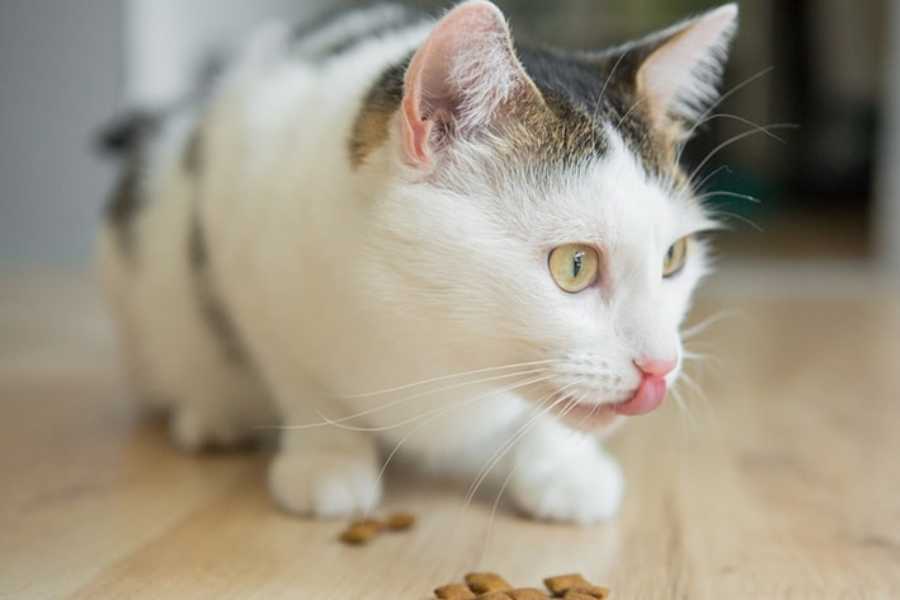
Your cat’s fur is an extension of its body. If your cat is losing a lot of fur or has a dull hair coat, it’s time to examine its diet. Cats require a lot of protein in their diet, ideally around 45%. If they aren’t getting the nutrition they need, it can lead to a dry and brittle coat with hair that is more likely to break off and fall out.
One of the simplest changes you can make is adding more omega-3 and omega-6 fatty acids to your cat’s diet. These fatty acids improve the overall health of the hair follicles, which can decrease the amount of hair that is shed. Not only does this mean less fur on your favorite couch, but it also means fewer hairballs for your cat and a healthier coat.
For more information on cat nutrition, check out our article on why your cat should eat raw food.
2. Brush Your Cat Regularly 🖌️
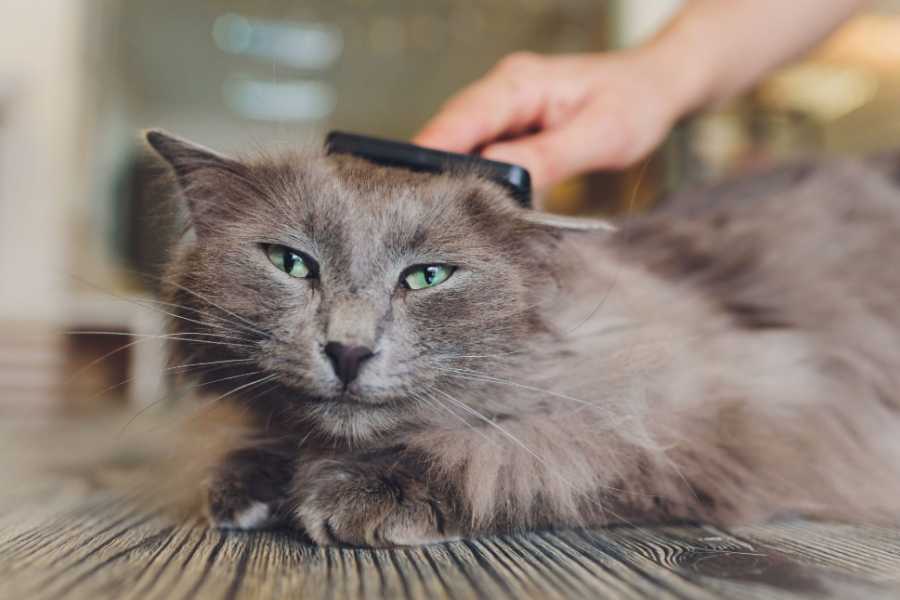
Brushing your cat regularly is the most effective way to reduce shedding. It helps collect the fur before it falls out and can significantly reduce the amount of cat hair floating around your home. Regular brushing also removes dirt and dead hair, which contribute to unhealthy skin and matted hair.
Even though cats are pretty good at grooming themselves, a little help from their human friends goes a long way. Plus, most cats enjoy a good brushing, making it a great way to bond with your fluffy friend. We recommend short brushing sessions every day to minimize shedding. ![]()
3. Keep Your Cat Hydrated 💧
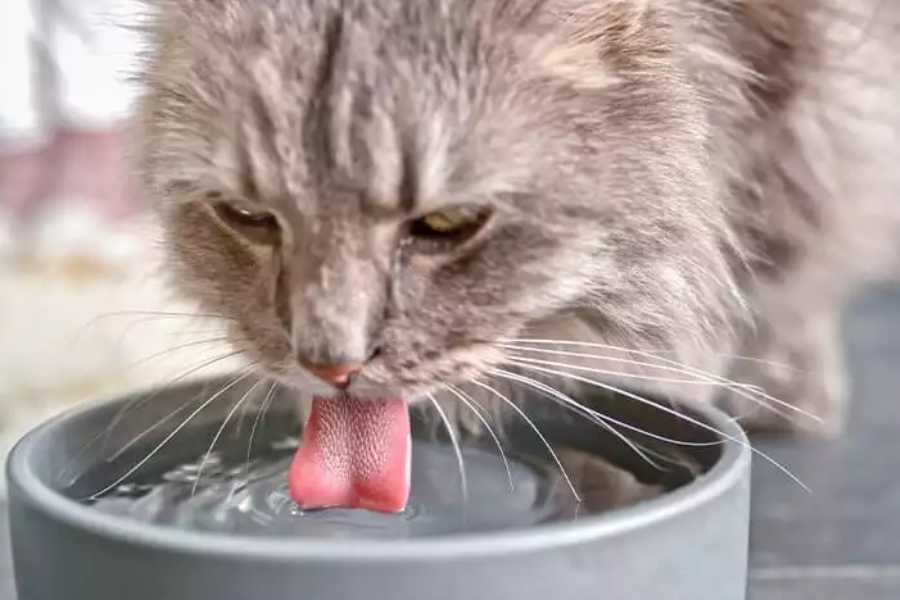
Cats are notorious for not drinking enough water, which can lead to dry skin and increased fur shedding. One of the easiest ways to keep your cat hydrated is to introduce wet food into their diet. A cat eating wet food can get half of their daily water intake from a single can.
Make sure to provide your cats with fresh, clean drinking water, preferably kept away from their food. Cats instinctively like to keep their food separate from their water sources. For more tips on how to ensure your cat is drinking enough water, check out our article on why cats won’t drink water and how much they should be drinking.
4. Reduce Stress 😌

Stress or anxiety can cause excessive shedding in cats. Cats are incredibly sensitive to changes in their environment, such as a sudden move or a death in the family. If your cat is showing signs of stress, try to identify the source and work to eliminate it.
It’s important to keep your cat mentally and physically active. Spend time playing with your cat, whether it’s with toys or just petting them. This can help your cat stay calm and reduce shedding. For more information on how to deal with cat stress, check out our article on how to deal with cat separation anxiety.
5. Increase Essential Fatty Acids 🐟

Increasing the amount of essential fatty acids in your cat’s diet can significantly improve the health of their coat and reduce shedding. Fish oil-based supplements, rich in omega-3 fatty acids, are particularly beneficial. They strengthen the hair follicles, leading to less shedding, and can also help cats with dry or itchy skin.
Consider adding a fish oil supplement to your cat’s diet. For cats that are shedding a lot, a dose of 500 to 1000 milligrams per day can make a big difference. ![]()
6. Use a Deshedding Tool 🧹
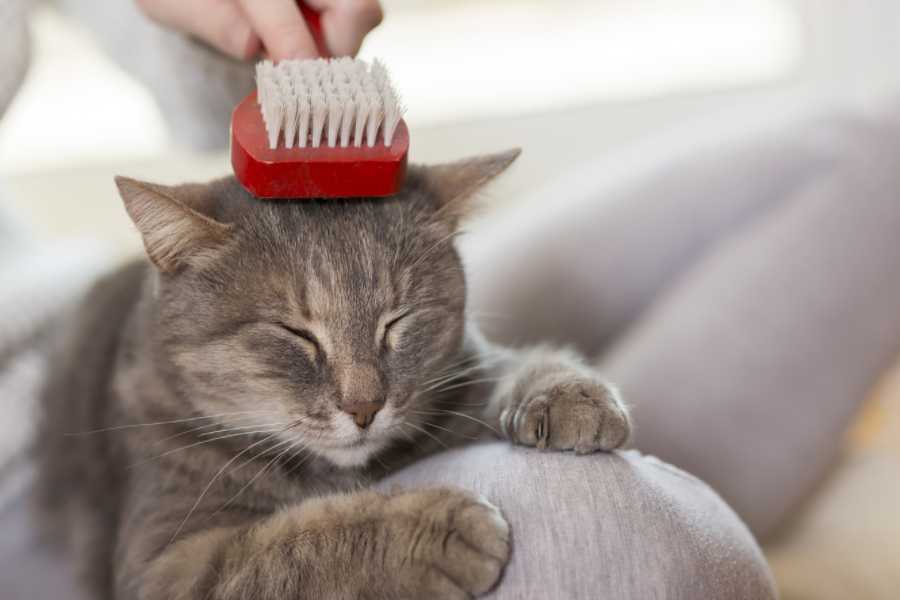
A good quality deshedding tool can be a game-changer when it comes to dealing with cat shedding. These tools have fine teeth that grab the base of the dead hair and pull it out.
Using a deshedding tool regularly can remove a significant amount of loose hair before it has a chance to shed.
7. Consider Homemade Cat Wipes 🧽
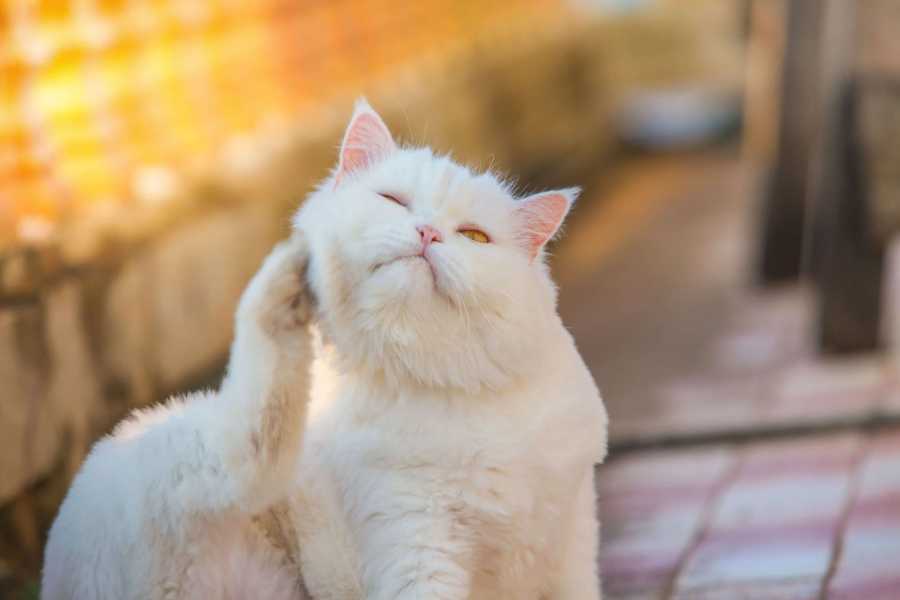
Bathing your cat can help remove dead, loose, or dying hair, reducing the amount of fur they shed. However, not all cats enjoy water, so a good alternative is to use homemade cat wipes.
You can easily make your own cat wipes at home using a cloth, water, a mild essential oil like peppermint, and aloe vera gel. Simply mix a cup of water with a couple of drops of essential oil and two tablespoons of aloe vera gel, then use a cloth to gently wipe your cat.
This can help remove loose hair and keep your cat’s coat healthy and shiny.
Conclusion
At the end of the day, shedding is a part of life when you’re living with a cat. But with these tips, you can manage the shedding and make your life a little easier.
Remember, every cat is unique, so what works for one might not work for another. It’s all about finding the right balance for you and your feline friend.

Tags
Share
Table Of Contents
Related Posts
Quick Links

